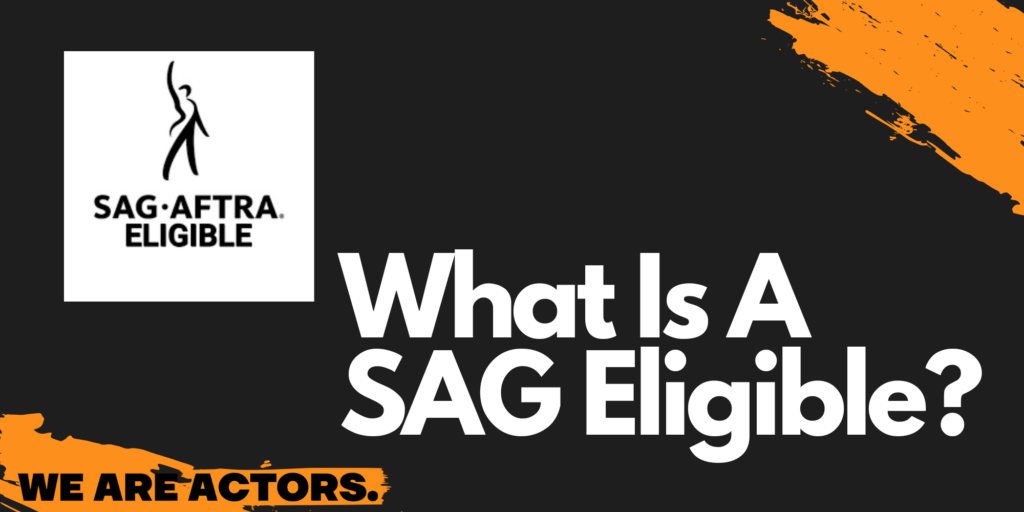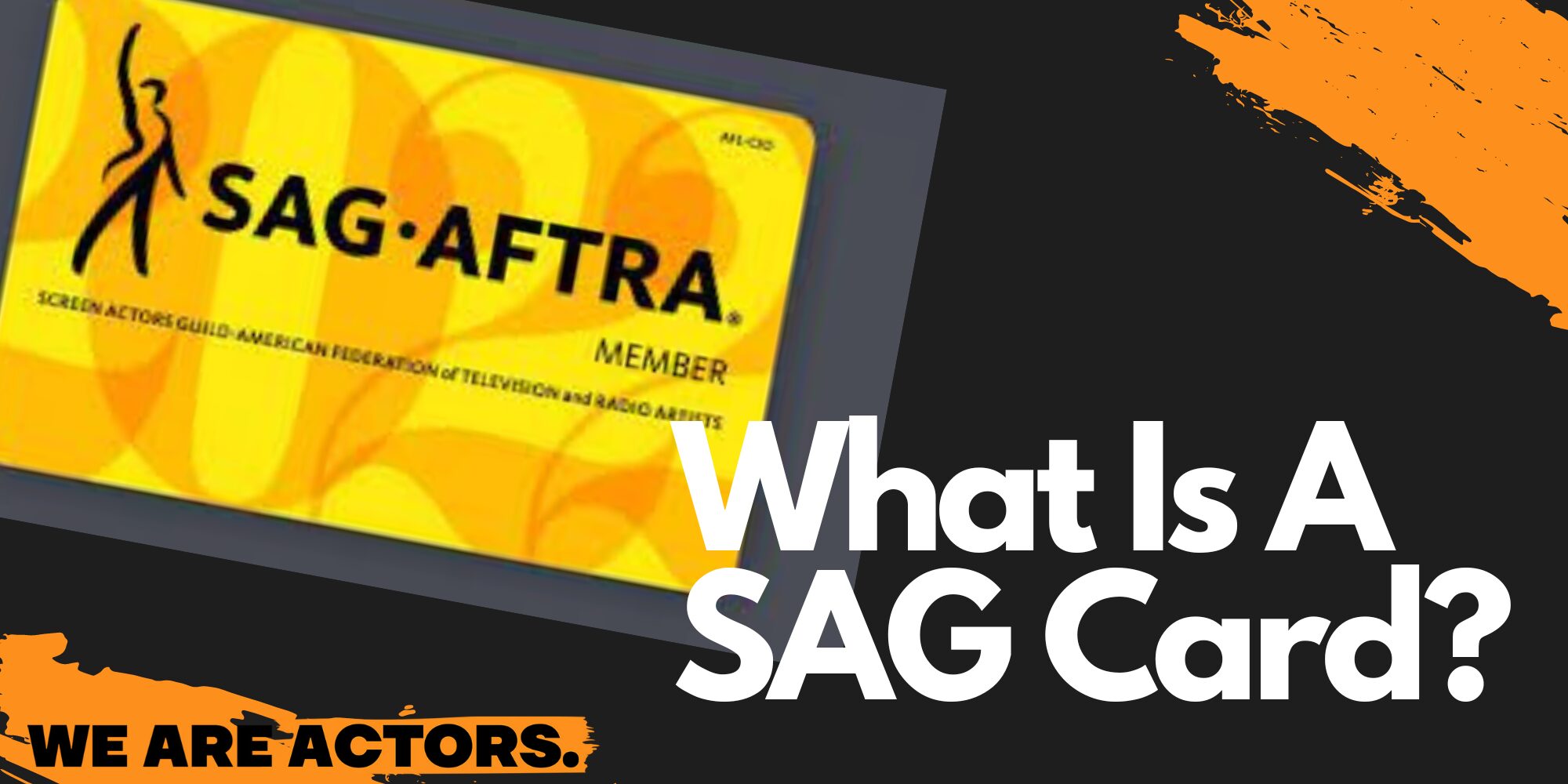
What Does It Mean to Be SAG Eligible?
Becoming SAG eligible is a significant milestone for actors navigating the competitive landscape of Hollywood and beyond. SAG eligibility signifies that an actor has met the Screen Actors Guild‐American Federation of Television and Radio Artists (SAG-AFTRA) criteria, positioning them on the brink of full union membership. This status not only elevates an actor’s professional standing but also opens the door to a wider array of high-quality acting opportunities. But what does it truly mean to be SAG eligible, and how does one achieve this coveted status?
The Path to Becoming SAG Eligible
The journey to SAG eligibility is multifaceted, involving specific criteria that actors must meet. This section delves into the nuances of becoming SAG eligible, highlighting the importance of background work, speaking roles, and the role of waivers and special agreements in this process.
Background Work and Its Role in SAG Eligibility
Background work, often seen as a stepping stone in an actor’s career, plays a pivotal role in achieving SAG eligibility. For many, it serves as an entry point into the unionized world of acting. Engaging in background work on productions under a SAG-AFTRA contract can earn actors eligibility points or vouchers. Typically, an actor needs to accumulate three SAG vouchers, which are awarded for days worked on union projects, to become eligible for union membership. This not only provides invaluable on-set experience but also demonstrates an actor’s commitment to their craft and professional development.
Speaking Roles and Their Impact on Eligibility
Securing speaking roles in productions under SAG-AFTRA jurisdiction is another avenue through which actors can achieve eligibility. A single speaking role can immediately render an actor SAG eligible, bypassing the need for multiple background work vouchers. This is because speaking roles are considered a higher level of professional engagement and contribution to a project. They signify an actor’s ability to perform in roles that require more skill and visibility, thus warranting immediate eligibility for union membership.
Waivers and Special Agreements
Waivers and special agreements offer alternative paths to SAG eligibility. In certain circumstances, productions may be granted waivers that allow non-union actors to perform in roles typically reserved for SAG-AFTRA members. This can occur in low-budget productions or in locations with a limited pool of union actors. Additionally, special agreements like the Taft-Hartley Act allow producers to hire non-union actors for specific roles, provided they demonstrate a unique skill or quality essential for the role. Being cast under such circumstances can fast-track an actor’s eligibility, providing a unique opportunity to join the ranks of SAG-AFTRA members.
Conclusion
Achieving SAG eligibility is a critical step for actors aspiring to elevate their careers in the entertainment industry. Whether through background work, speaking roles, or the strategic use of waivers and special agreements, each path offers valuable experiences and opportunities. Understanding the importance of each element in this process is essential for actors navigating their way towards getting their SAG card and the myriad benefits it entails.







